
If you want to drive on Hungarian motorways, you need to get the electronic vignette e-Matrica in advance. As of 1 January 2024, the number of road sections subject to tolls in Hungary was extended once again as part of the e-vignette system, which was accompanied by an increase in tolls.
Tolls and the vignette in Hungary: General information
In Hungary, the use of motorways and expressways is subject to tolls. The toll system is based on an electronic vignette (e-vignette), which must be purchased online or at various points of sale before using these roads. The registration is carried out using the vehicle’s number plate, making physical vignettes obsolete. It is therefore not necessary to stick the purchased vignette on the windscreen or print it out, as the e-vignette system and monitoring are fully digitalised. Cameras record the vehicle number plates and automatically check whether a valid permit to use the roads exists for the recorded number plate. The toll charge can also be paid online. Various types of vignette are available, which differ according to the period of validity and vehicle categories.

Requirements for motorbikes
Motorcyclists must also purchase the e-Matrica in order to use motorways, expressways and selected national roads that are subject to tolls. The toll fees for motorcycles are generally lower than those for cars.
Requirements for vehicles with a trailer
Vehicles with more than seven seats and their trailers are subject to an increased toll, with the trailer falling into toll category U. For towing vehicles weighing over 3.5 tonnes, the number of axles determines the toll amount.
Requirements for motorhomes
Motorhomes weighing up to 3.5 tonnes that are suitable for transporting more than seven people and are classified as commercial vehicles (N1) in part one of the registration certificate can expect to pay a higher toll (category D2). For motorhomes weighing more than 3.5 tonnes, a route-based electronic toll collection via the HU-GO system has been in place since January 2024.
In the Hungarian toll system, the categorisation of vehicles makes it possible to clearly determine the required motorway vignette for each vehicle:
| Class | Description | Things to note |
|---|---|---|
| D1 | Cars up to 3.5 tonnes | |
| D2 | Passenger vehicles, i.e. vans, RVs, minibuses & cars, with more than 7 seats (incl. driver) up to 3.5 tonnes | Includes motorhomes up to 3.5 tonnes with the corresponding registration |
| U | Trailers of vehicles in categories D2 and B2 | Tolls are higher in combination with a towing vehicle in category D1 or D2. |
| D1M | Motorcycles |

Vignette for Hungary
Hungary’s toll system is based on electronic vignettes: Before using toll roads, an e-vignette must be purchased online or at a petrol station or border crossing. The vehicle licence plate number is registered at the time of purchase. Various validity periods are available, including daily, weekly, monthly and annual vignettes. Electronic monitoring systems check the validity: fines may be imposed for non-compliance. However, if you accidentally drive on a toll road without a Hungarian vignette, you can buy a new vignette within 60 minutes without incurring any additional fees for this period. Below we provide a rough overview of the prices you can expect to pay for the vignette in Hungary.
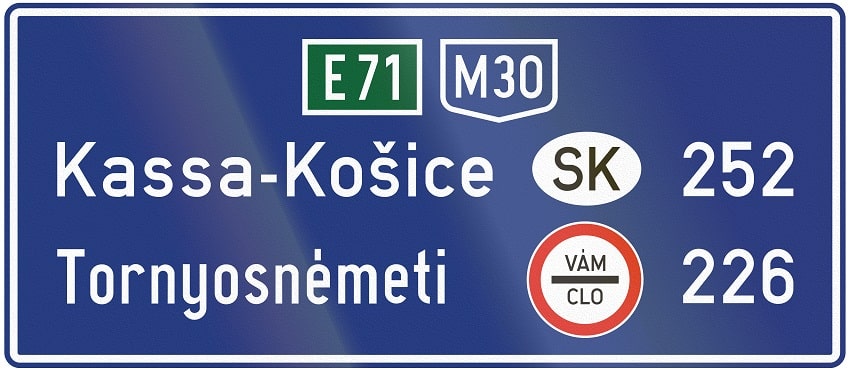
Vignette Hungary: price table
The following table provides an overview of the costs in HUF for using toll roads in Hungary, depending on the type of vehicle and the type of vignette.
Prices are fixed in Hungarian forint and converting them in euro they may change according to the daily exchange rate. However, for a regular category D1 car with up to seven seats, a 10-day vignette costs around 20 euros, the monthly vignette around 35 euros, and the annual vignette approximately 200 euros (as of 2024).
| Vehicle category | 10 days | 1 month | 1 year |
|---|---|---|---|
| D1 | HUF 6400 | 10360 | HUF 57260 |
| D2 | HUF 9310 | HUF 14670 | HUF 81280 |
| D1M | HUF 3200 | HUF 5180 | HUF 57260 |
| U | HUF 6400 | HUF 10360 | HUF 57260 |

Hungary: toll roads and motorway tolls
In Hungary, motorways and some expressways are subject to tolls, while other road types such as rural roads are generally toll-free. All roads marked with an “M” are subject to tolls in Hungary and require the purchase of a motorway vignette. Certain motorway sections and areas of the Budapest city motorway are exempt from this requirement.
The motorway toll applies to the following road sections:
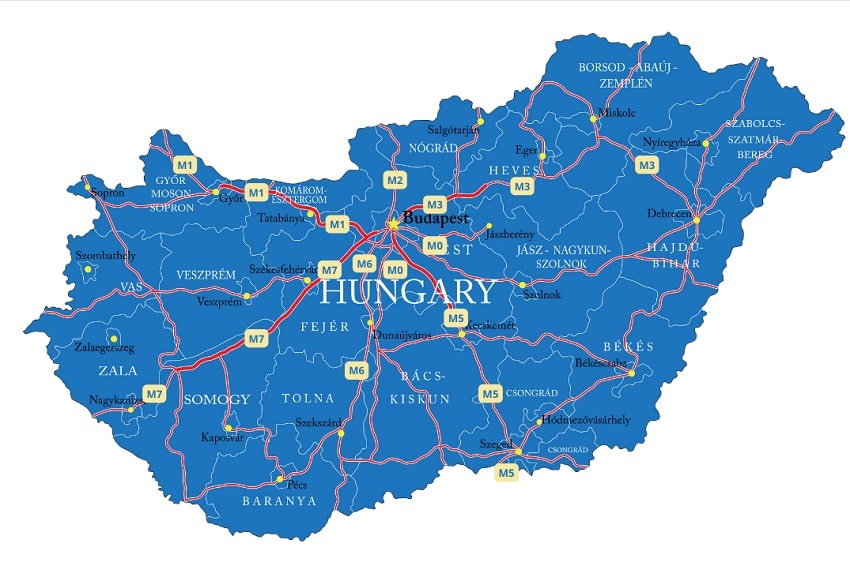
Toll for vehicles weighing over 3.5 tonnes
Since January 2024, motorhomes over 3.5 tonnes, as well as buses and trucks in the same weight class, are covered by the HU-GO system, which calculates an electronic toll based on the distance travelled. This eliminates the need for a vignette. Drivers can register in the HU-GO system to pay the toll. Alternatively, an on-board unit (OBU) can be used, which automatically records the kilometres driven and calculates the charges.
Further information can be found through official sources
You can find more information about e-Matrica on the following website:
National Toll collection closed Services Ltd (Nemzeti Útdíjfizetési Szolgáltató Zrt.): This official website offers a platform for purchasing e-vignettes for Hungary. It provides information on applicable tariffs and offers vignettes for various vehicle categories.

FAQ
Do I need a vignette in Hungary?
Yes, a vignette is required to use most motorways and some expressways in Hungary. This vignette, known as e-Matrica, must be purchased before travelling on toll roads.
How much does the toll cost in Hungary?
The cost of the toll in Hungary depends on the vehicle category, the type of vignette (e.g. daily, weekly, monthly or annual vignette), and sometimes also on the region.

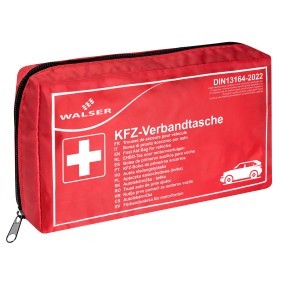
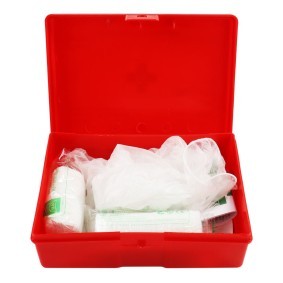
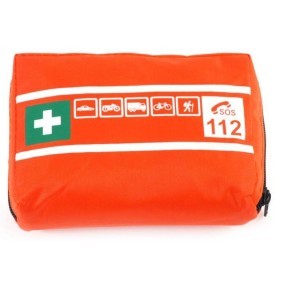



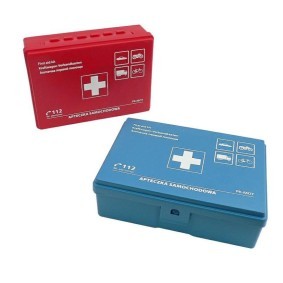
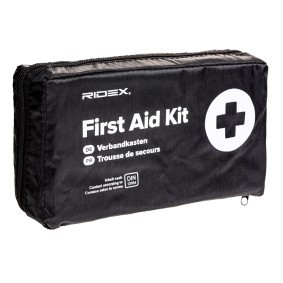



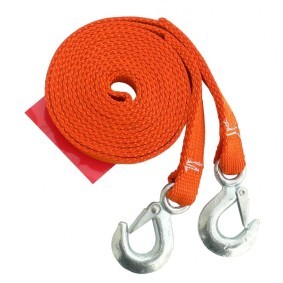








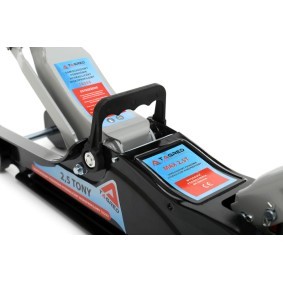




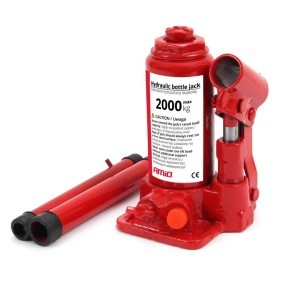


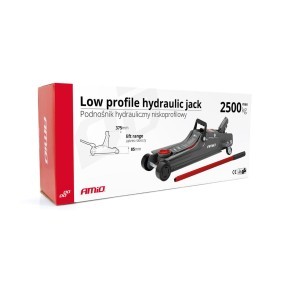








Comment